Silk, often referred to as the “queen of fabrics,” is a luxurious and highly sought-after material that has been adored for centuries. Its smooth texture, lustrous sheen, and exquisite drape make it a favorite for high-end fashion, home decor, and various other applications. But have you ever wondered how this beautiful fabric is made? In this article, we will take a closer look at the fascinating process of its production, from the cultivation of silkworms to the weaving of the final fabric.
Cultivating Silkworms
The journey begins with the cultivation of silkworms. The primary species used in production is the Bombyx mori, or the domestic silk moth. These remarkable creatures are bred specifically for their ability to produce fine silk threads. The process begins with the careful selection of healthy and robust silkworm eggs, which are then incubated under controlled conditions to ensure their proper development.
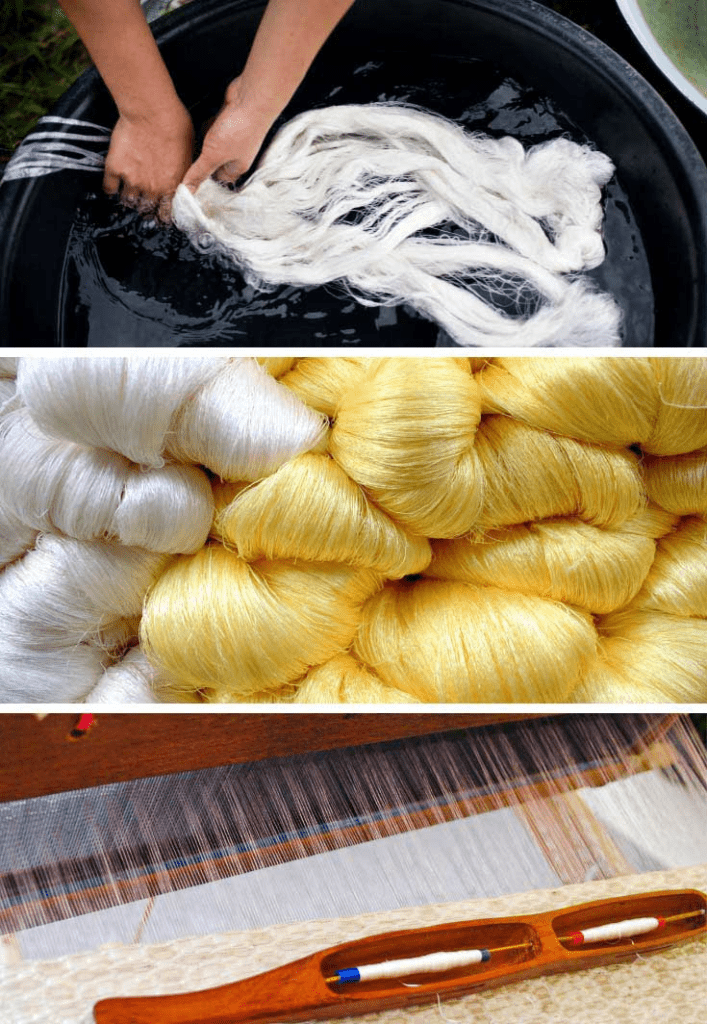

Once the eggs hatch, the tiny silkworm larvae are carefully nurtured and fed a diet of mulberry leaves. The quality of the leaves directly impacts the quality of the silk produced, so great care is taken to provide the silkworms with the best possible food. As they grow, the silkworms go through several molting stages, shedding their skin as they increase in size. After reaching maturity, the silkworms begin to spin their cocoons, which are made of a single continuous silk thread that can measure up to 900 meters in length.
Obtaining the Cocoons
When the silkworms have completed their cocoons, they enter the pupal stage as they undergo metamorphosis into adult moths. However, in order to obtain the silk, the cocoons must be harvested at precisely the right moment. If left undisturbed, the moths would emerge from the cocoons, breaking the continuous thread and compromising its quality. To prevent this, the cocoons are carefully collected and then subjected to a process known as “stifling,” which involves exposing them to heat or steam to kill the pupae inside.


Once the pupae have been removed from the cocoons, the next step is to unravel the threads. This delicate process, known as reeling, requires skill and precision to ensure that the threads remain intact. The cocoons are softened in hot water to loosen the sericin, a natural gum that holds the fibers together. Then, using a special reel, the silk is carefully unwound from the cocoon, creating long continuous threads that can be spun into yarn.
Read Also Ramie Fabric: All You Need To Know.
From Yarn to Fabric
After the silk threads have been reeled and spun into yarn, they are ready to be woven into fabric. This is typically done on traditional looms, where skilled artisans interlace the warp and weft yarns to create a variety of intricate patterns and textures. The weaving process requires patience and expertise, as even the slightest mistake can affect the quality of the final fabric.
Once the fabric has been woven, it undergoes a series of finishing processes to enhance its luster and softness. This may involve treatments such as washing, bleaching, or dyeing, depending on the desired outcome. The end result is a luxurious fabric that showcases the natural beauty and elegance of this extraordinary material.
The Art of Silk Production
The production of silk is not just a technical process; it is also an art form that has been passed down through generations. From the meticulous care of the silkworms to the skilled craftsmanship involved in weaving and finishing the fabric, every step of the journey reflects a deep appreciation for this exceptional material.


The production is deeply rooted in tradition and culture, with many regions around the world having their own unique methods and techniques for cultivating and processing silk. In countries such as China, India, and Italy, silk production has long been revered as a prestigious and valuable craft, with artisans upholding time-honored practices while also embracing modern innovations.
The Enduring Allure of Silk
In today’s fast-paced world, where synthetic materials dominate the market it remains a symbol of timeless elegance and luxury. Its allure lies not only in its exquisite beauty but also in its remarkable qualities – natural sheen, breathability, and insulating properties that make it suitable for a wide range of products, from clothing and accessories to bedding and upholstery.
As consumer demand for sustainable and eco-friendly products continues to rise, silk’s natural origins and biodegradability have further enhanced its appeal. With advancements in ethical and sustainable silk production practices, such as organic farming methods and cruelty-free silk harvesting, consumers can now enjoy this exceptional fabric with greater peace of mind.
Pakistani Silk Dresses
In Pakistan, silk holds a special place in the world of fashion. Pakistani silk dresses are renowned for their exquisite craftsmanship and timeless elegance. From traditional bridal wear to contemporary evening gowns, it is a popular choice for designers and fashion enthusiasts alike.
One of the most iconic uses of silk in Pakistani fashion is in bridal wear. Silk wedding dresses are highly coveted for their luxurious appearance and graceful drape. The rich texture adds an element of opulence to bridal ensembles, making it the fabric of choice for brides looking to make a statement on their special day.
In addition to bridal wear, Pakistani designers also use silk to create a wide range of formal and casual attire. Silk sarees, shalwar kameez, and kurta designs are all popular choices for those looking to add a touch of luxury to their wardrobe. The versatility of silk allows designers to experiment with different textures, prints, and embellishments, resulting in stunning creations that cater to a diverse range of preferences.
Brand Names in Pakistani Silk Fashion
When it comes to Pakistani silk dresses, several renowned brand names have made a mark in the industry. These brands are known for their commitment to quality, craftsmanship, and innovation, making them go-to choices for those seeking premium silk attire.
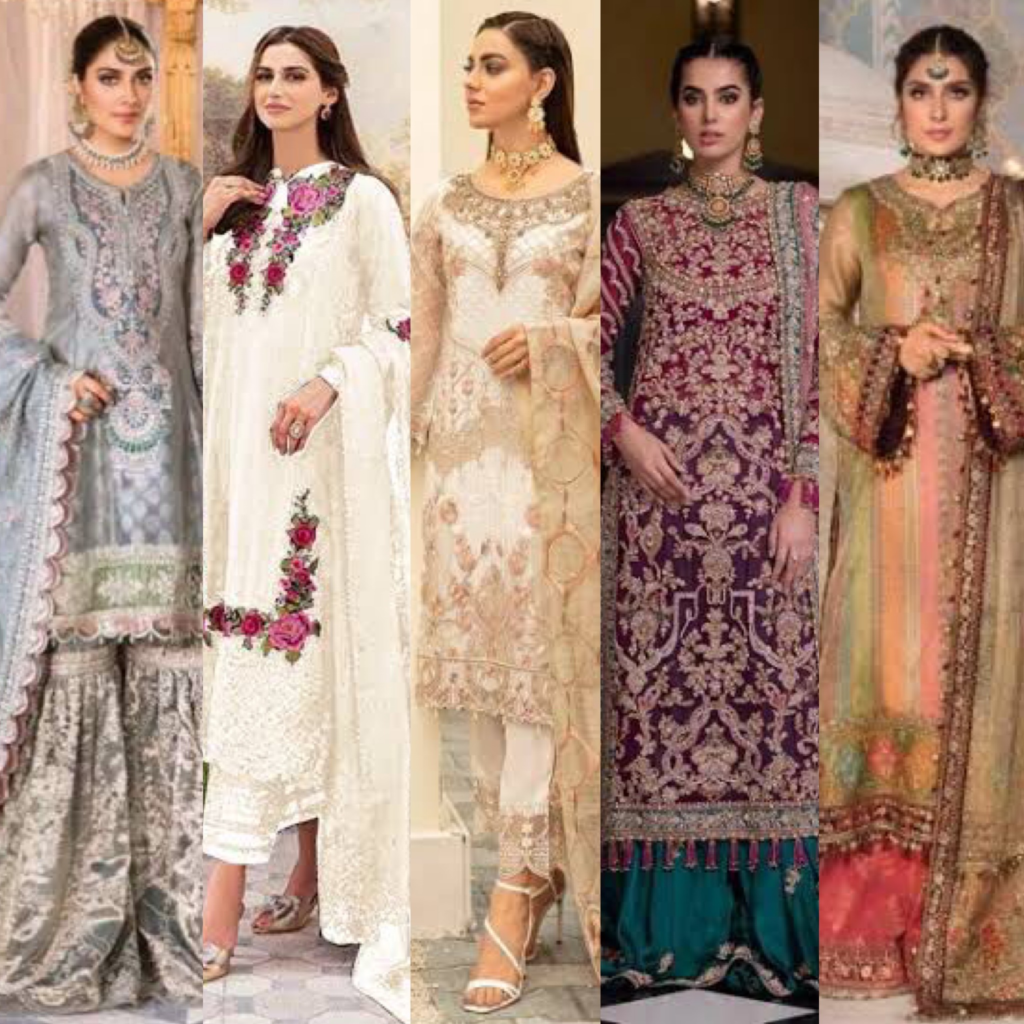

Sana Safinaz
One such brand is Sana Safinaz, known for its contemporary designs and luxurious silks. The brand has gained international acclaim for its modern take on traditional silhouettes, offering a fresh perspective on Pakistani fashion. Their use of vibrant colours and intricate embroidery sets them apart in the world of silk attire.
Elan
Another notable name in Pakistani silk fashion is Elan. This brand is celebrated for its timeless elegance and sophisticated designs. Elan’s silk ensembles exude grace and sophistication, making them a favorite among discerning fashion enthusiasts. Their attention to detail and emphasis on quality craftsmanship have cemented their position as a leading luxury brand in Pakistan.
In conclusion, the journey of its production is a captivating blend of science, artistry, and tradition. From the humble beginnings of silkworm cultivation to the intricate weaving of the final fabric, every step reflects a deep reverence for this extraordinary material. As we continue to cherish and celebrate the timeless elegance of silk, we also embrace its evolution towards sustainability and ethical production, ensuring that future generations can continue to experience the magic of this remarkable fabric.
FAQs
A: Silk production can be sustainable when managed responsibly. Some ethical and eco-friendly practices include organic mulberry farming, cruelty-free extraction methods, and environmentally conscious dyeing and manufacturing processes.
A: Silk should be hand-washed or dry-cleaned to preserve its delicate fibers. Avoid exposing it to direct sunlight and harsh chemicals, and store it in a breathable garment bag to prevent damage.
A: Pakistani silk is prized for its superior quality, lustrous appearance, and intricate embellishments. The traditional techniques used in its production result in luxurious fabrics that exude timeless elegance.

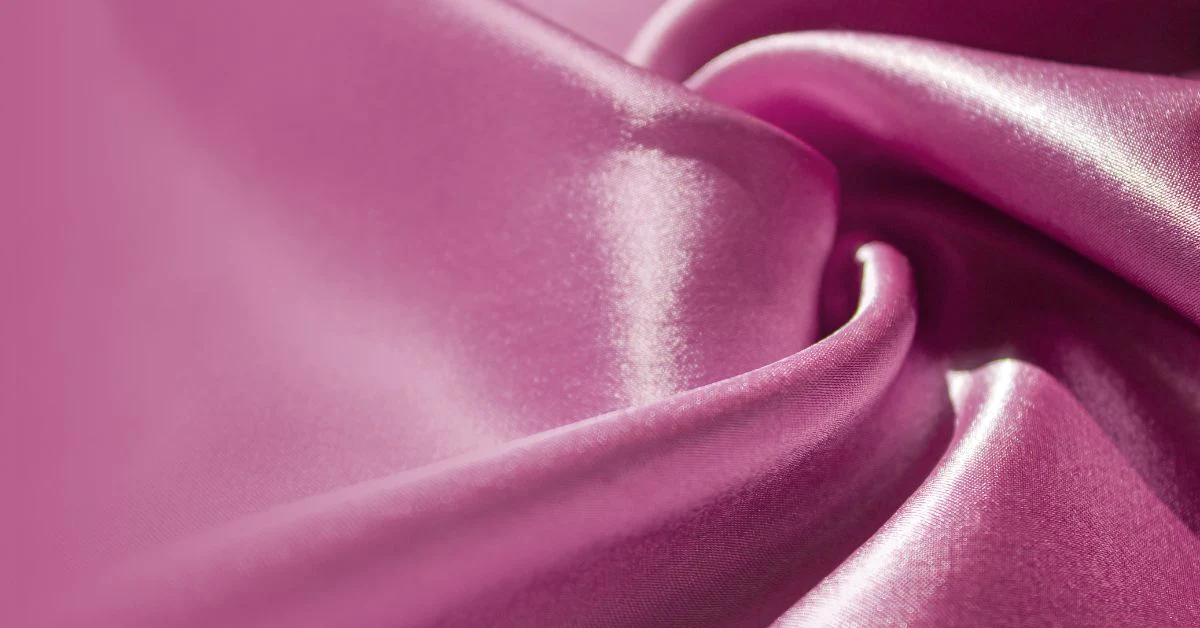
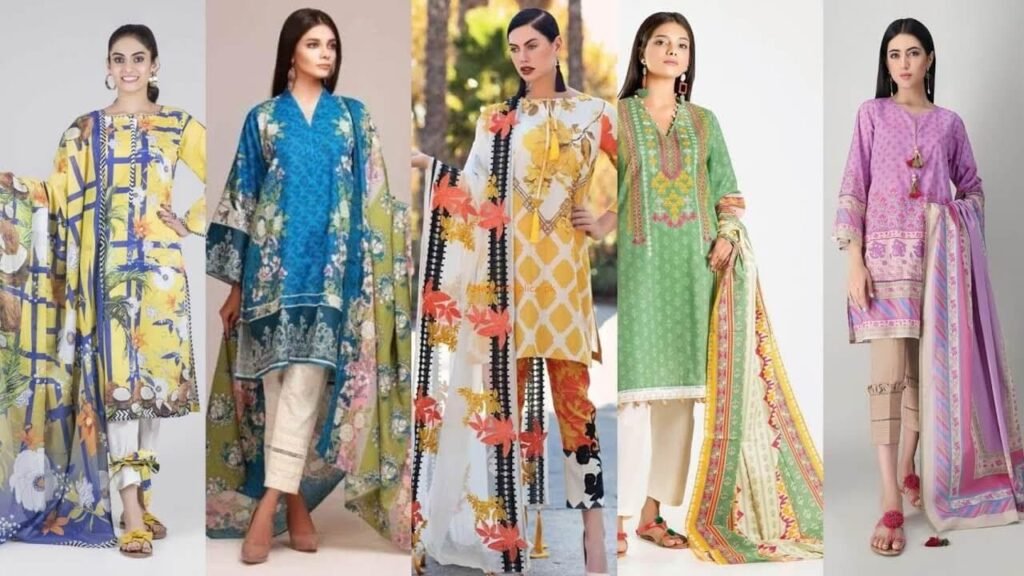
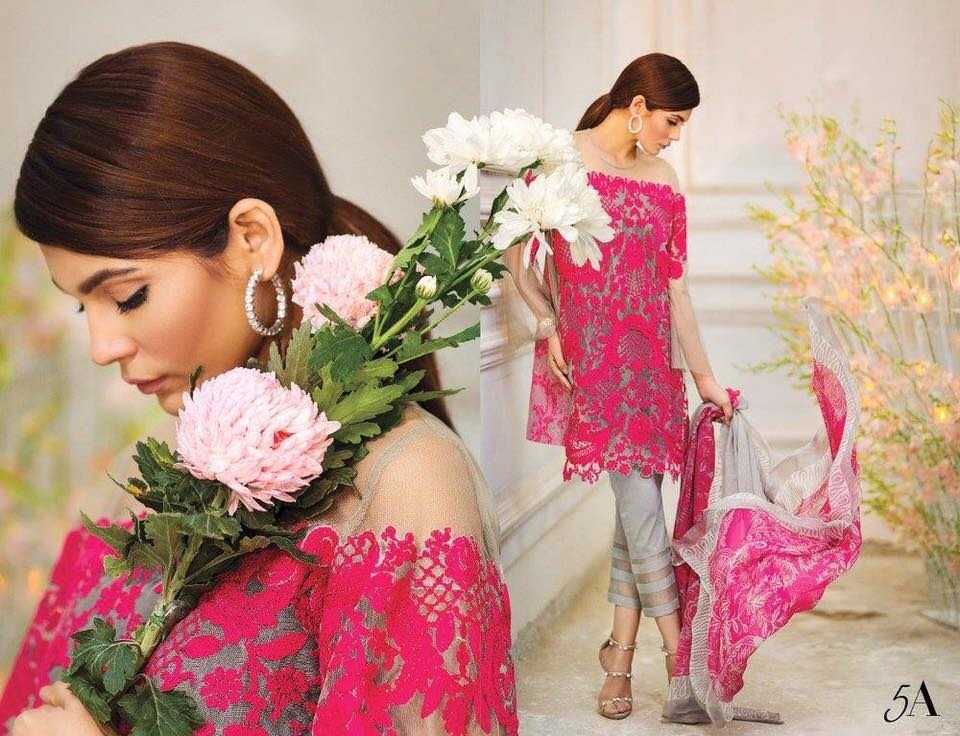
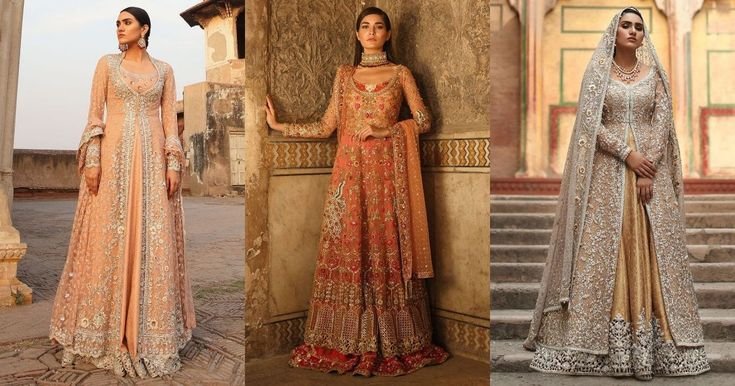
2 Comments